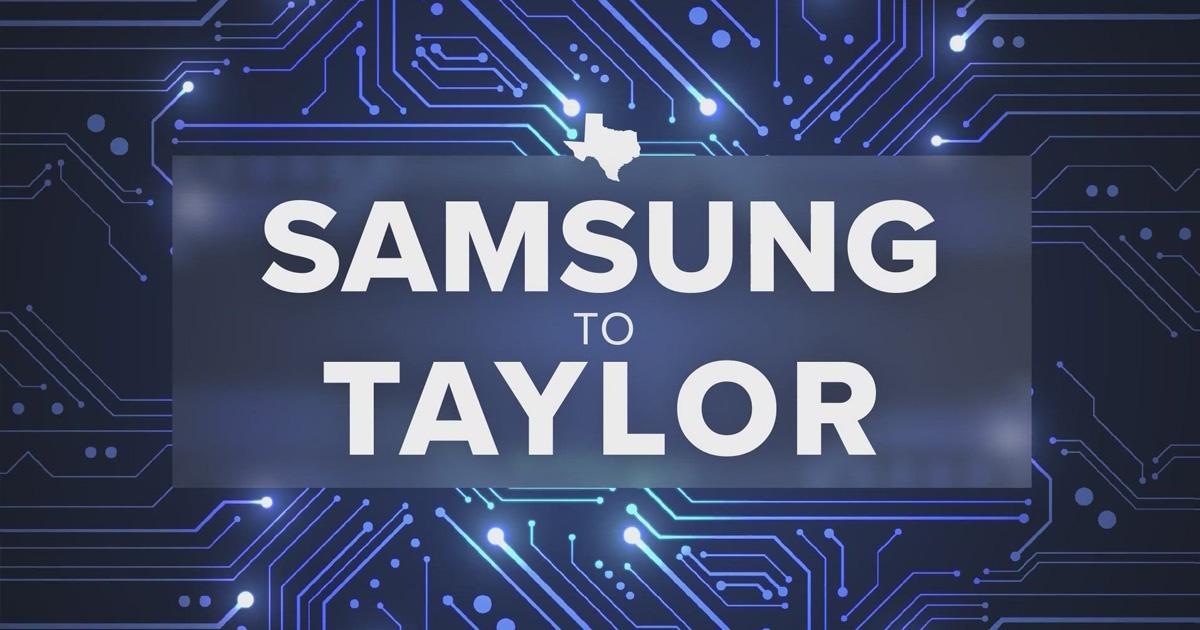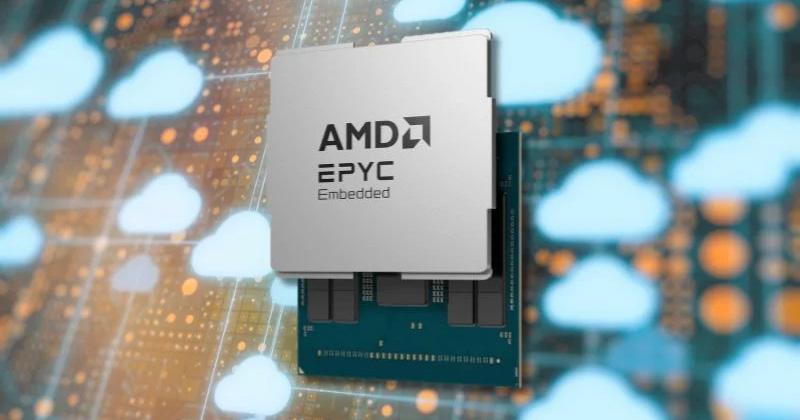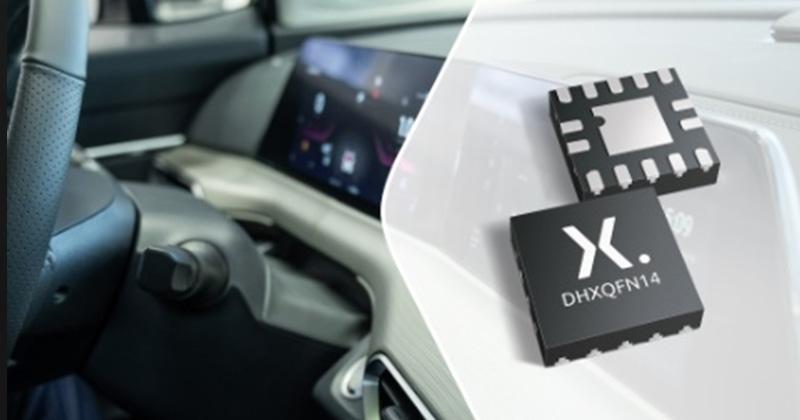
Samsung Slows Opening of Texas Fab Despite CHIPS Stimulus
Samsung has slowed the ramp of its new fab in Taylor, Texas, despite the Department of Commerce (DoC) conditionally awarding the company a $6.6 billion stimulus package under the CHIPS Act. The DoC that the subsidies for Samsung and other CHIPS Act winners are not final yet.
On April 15, the DoC and Samsung signed a non-binding agreement providing up to $6.4 billion in direct funding under the CHIPS Act to help revive chipmaking in the U.S. During a quarterly results announcement on April 30, Samsung said that it delayed the production start for the Taylor fab project from the second half of 2024 to “maybe 2026.”
In 2021, Samsung announced that it would invest $17 billion in the fab that would make chips for mobile, 5G, high-performance computing and AI. In 2023, Samsung told EE Times it would make 4-nm chiplets for AI chip designer Tenstorrent from the fab by the end of 2024.
Now, Samsung has delayed the opening of the fab project by up to two years.
“Final talks with the U.S. government still remain, and so things are subject to change,” the company said during its quarterly results announcement. “We are mindful of changing market conditions in foundry and given our approach of gradual investment in line with customer orders, we expect mass production to begin maybe 2026.”
The DoC noted that the subsidy agreements signed under the CHIPS Act with manufacturers like Samsung are tentative.
“We’re still negotiating final awards and can’t comment on specific applications right now, including what may or may not be included as agreement terms,” a DoC official told EE Times on the condition of anonymity. “What I can tell you is that we are considering the type of semiconductor technology and output targets proposed by each project as part of our application review and negotiating of awards.”
The DoC said it is implementing additional guardrails for companies after CHIPS Act subsidies are awarded to them.
“More generally, CHIPS for America purposefully and strategically laid out a program that distributes funding based on the completion of project milestones in connection with both the capital expenditure components of the project and the workforce development and/or operational cost components of the project,” the DoC official said.
Samsung’s Taylor site would include two fabs that would make 4-nm and below chips, company spokesperson Greg Belloni told Also, there would be a factory dedicated to R&D, as well as a facility for packaging, he said. The first Taylor fab is expected to be operational in 2026, followed by the second in 2027, he added.
More cautious
Samsung has had shocks to the system that make it more cautious, TechInsights vice chair Dan Hutcheson told EE Times.
“I’ve seen Samsung’s decision weights shift from opportunistic to cautious,” Hutcheson said. “There’s plenty of open evidence to this, such as the management reshuffling.”
On May 21, Samsung replaced the head of its semiconductor business amid what it called a “chip crisis.” The company’s foundry has lost business to rival Taiwan Semiconductor Manufacturing Co. (TSMC) while its memory business has fallen behind smaller competitors like SK Hynix.
Samsung, which in 2022 claimed chip tech leadership by being the first to start production at the 3-nm node, struggled last year to find customers for the new process—a move some industry experts agreed was too risky. In the meantime, Samsung’s memory business has fallen behind smaller rival SK Hynix in the race to supply high-bandwidth memory vital for the expansion of AI.
Samsung may need more time to turn its business around and build new fab capacity, according to Hutcheson.
“When I reverse engineer their decision systems, I see shocks for a shift to the cautious being the bad memory glut that hit in mid-2022 and extended deep into 2023 as being key,” Hutcheson said. “Another worry for them is that with fab utilization rates in the low 70% range last year and TechInsights’ projections that they won’t reach peaks needed to drive expansion until late in the decade, opportunistic decisions about fab capacity could be a fool’s game.”
In the first quarter of 2024, weak market demand delayed an improvement in sales amid continued inventory adjustments at major customers, Samsung Foundry head Taejoong Song said during the April 30 results announcement.
“Even so, we narrowed our losses slightly by operating fabs efficiently,” Song said.
In the second half of this year, Samsung expects limited growth for the foundry market. The company still expects to outpace overall market growth because of increased sales of leading-edge technologies, according to Song.
“Advanced technologies, such as 3- and 2-nm, are under development smoothly, and in particular, yield of 4-nm technology has been stabilized,” Song said. Product output for Tier-1 customers has expanded, he added.
“Thanks to this improvement in advanced technologies, we achieved our highest-ever order backlog for the first quarter.”
Delayed starts
Samsung is joined by other potential CHIPS Act beneficiaries that have delayed production starts in the U.S. In July of last year, TSMC said a construction snag forced the company to delay the expected start of production in Phoenix, Arizona, by as much as a year, to sometime in 2025. Intel has said that if the U.S. government cuts its sales of chips to China that are worth about a third of the company’s revenue, Intel may have less reason to invest in a production expansion in the U.S.
Shortages of qualified workers and an ongoing U.S.-China tech war are among the factors impeding the efforts of the CHIPS Act to revive chipmaking in the U.S. Slowed investment in capacity would undermine the CHIPS Act goal of making the U.S. a leader in production of advanced-node chips.
Samsung’s hints that the Taylor fab may be upgraded to production of 2-nm chips could help win the U.S. subsidies, according to Hutcheson.
“This would also get greater buyoff from the DoC’s decision makers,” Hutcheson said, noting criticism against the U.S. investing in foreign firms because they are not putting their best tech in the U.S. “Onshoring old technology reflects badly on the DoC, hence the reason for a probable buy-in to a delay.”




